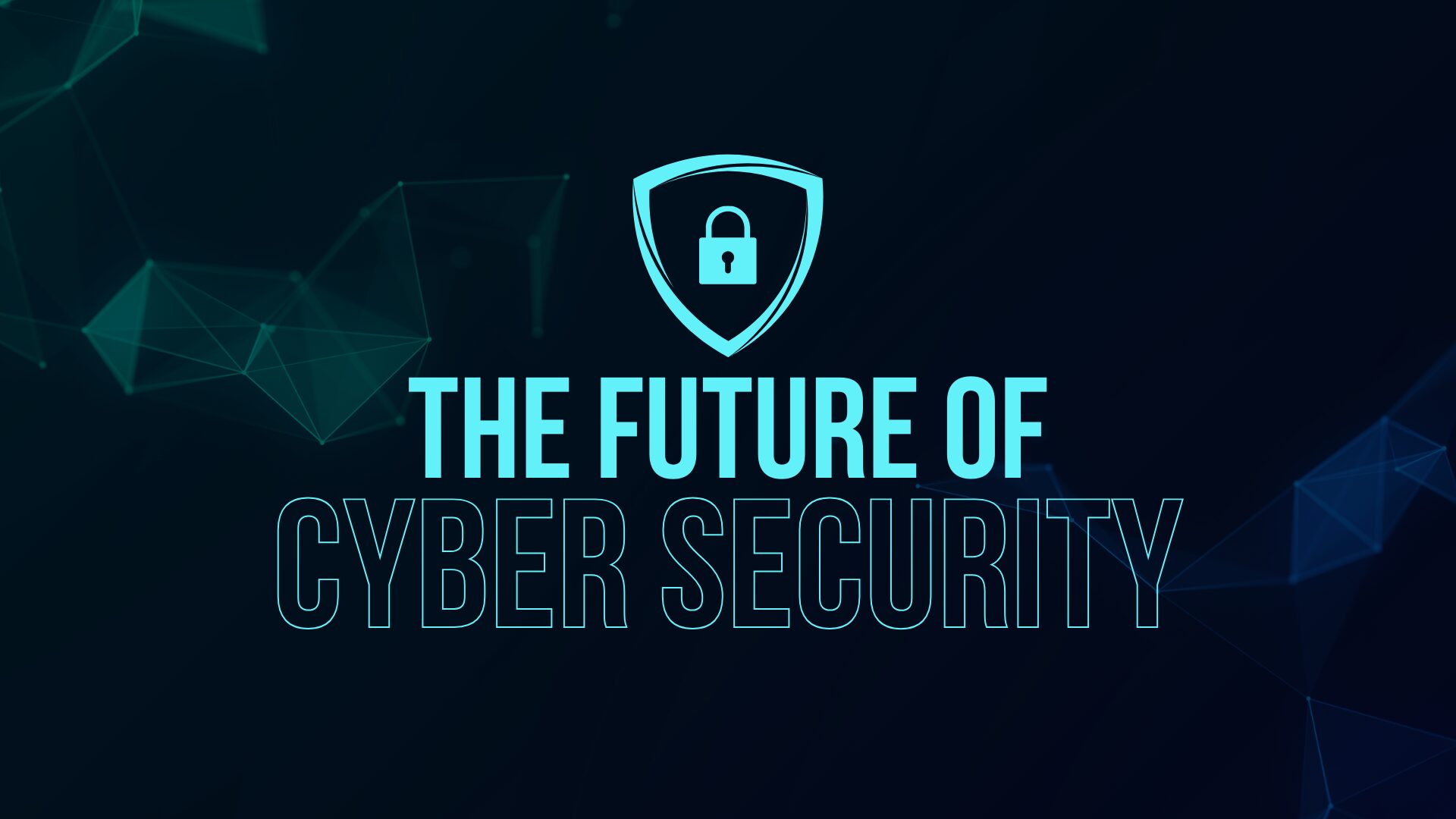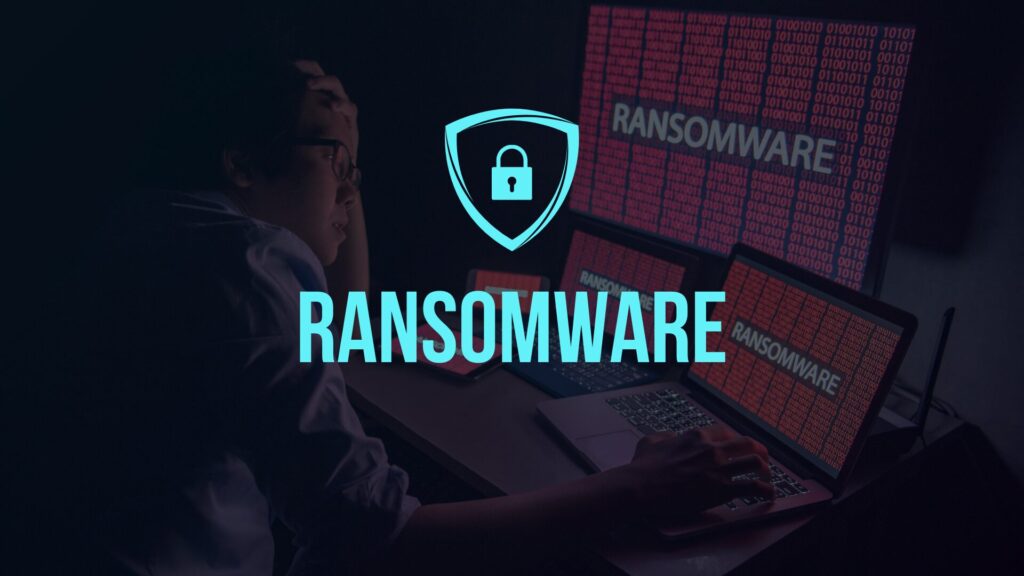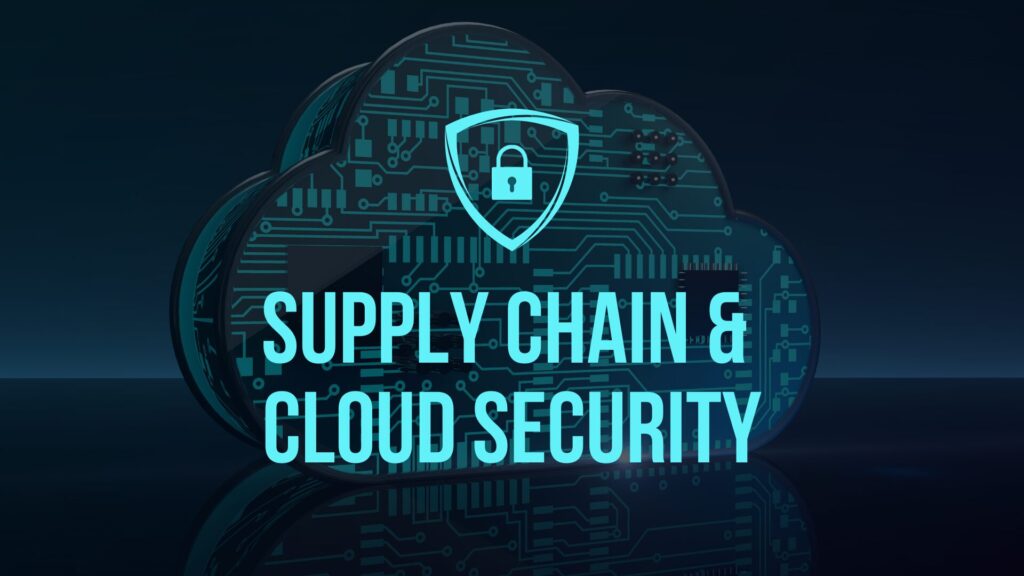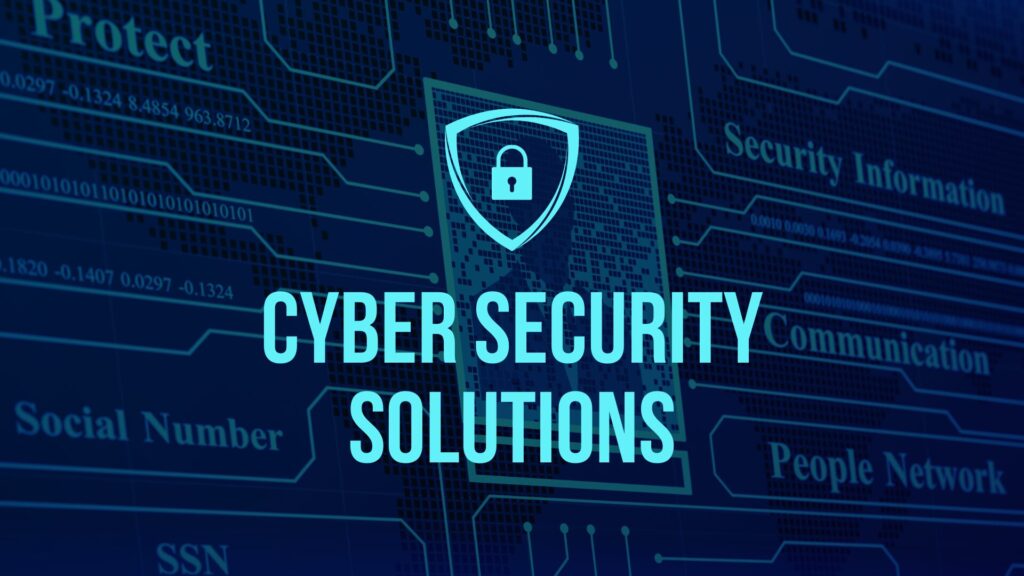
The cyber threat landscape continues to evolve at an alarming pace. While 2023 saw significant increases in ransomware and phishing attacks, 2024 increased these threats even further. Last year, we witnessed a dramatic surge in cyberattacks, arrests, and, most notably, the emergence of AI-driven INFOSEC threats.
In this blog post, we’ll explore the latest trends and challenges facing the cybersecurity industry, explore how AI is reshaping the threat landscape, and discuss strategies for mitigating these risks.
The Evolving Threat Landscape
A Brief Overview of Cyber Threats
Cybersecurity, or INFOSEC, encompasses many threats, from simple phishing attacks to sophisticated nation-state-backed campaigns. To fully appreciate the current and future challenges, it’s essential to understand the scale and impact of these threats.
Note: It’s important to remember that reported cyberattacks represent only a fraction of global attacks. The true scale of the problem is likely much larger.
You may be asking, What is cyber security? Well, it is the practice of protecting computer systems, data, and networks from unauthorised access, disruption, damage or even theft. Cyber security involves a wide range of technologies, processes and policies which are designed to help safeguard digital assets and maintain the integrity, confidentiality, and availability of information.
Summary of Key INFOSEC Threats in 2024:
Ransomware: $266 billion in damages is expected by 2031, with a 71% increase in attacks.
Phishing: 83% of organisations experienced phishing attacks; spear phishing up 40%.
APT (Advanced Persistent Threats) Activity: 32% of organisations are targeted by APT groups; 206 days average dwell time.
Supply Chain Attacks: 47% of organisations are affected; causing significant financial losses.
Cloud Security: 60% of organisations face cloud-related incidents; misconfigurations cause 40% of breaches.
Insider Threats: 34% of breaches involve insiders; averaging $15.4 million cost per insider attack.
IoT and OT Vulnerabilities: 55% of IoT devices have vulnerabilities; 40% of OT firms are targeted.

The Reality Behind the Ransomware Threat
Ransomware remains a significant and persistent threat in the cyber landscape. Let’s delve deeper into the mechanics, evolution, and impact of ransomware attacks, as well as the human element that often plays a crucial role in these attacks.
The Evolution of Ransomware
Ransomware attacks have become increasingly sophisticated over the years. Cybercriminals continue to refine their tactics to maximise their gains. One notable development is the “double extortion” model, where attackers not only encrypt victims’ data but also steal it, demanding additional payment for its return. This strategy significantly increases the pressure on victims to pay the ransom.
The Role of Phishing and Social Engineering
The success of ransomware attacks often hinges on social engineering techniques, particularly phishing. By tricking unsuspecting users into opening malicious attachments or clicking on malicious links, attackers can gain initial access to networks. Once inside, they can deploy ransomware payloads, encrypting sensitive data and demanding payment for decryption.
The Rise of Ransomware-as-a-Service
Another trend in the ransomware landscape is the emergence of Ransomware-as-a-Service (RaaS). This model allows less-skilled attackers to rent ransomware tools and infrastructure, lowering the barrier of entry and making it easier for individuals to launch attacks.
The Impact of Ransomware
Ransomware attacks can have devastating consequences for organisations, including:
- Financial loss: Ransom payments, business disruption, and recovery costs can significantly impact an organisation’s bottom line.
- Data loss: If data is not recovered successfully, organisations may lose valuable information, which could damage their reputations and lead to legal liabilities.
- Operational disruption: Ransomware attacks can disrupt critical business processes, leading to productivity losses and customer dissatisfaction.
Mitigating Ransomware Risks
To protect against ransomware attacks, organisations should implement the following measures:
- Strong cybersecurity practices: This includes regular software updates, strong password policies, and employee awareness training.
- Robust backup and recovery plans: Regular backups of critical data can help minimise the impact of a ransomware attack.
- Network segmentation: Isolating critical systems can limit the spread of ransomware.
- Incident response plan: Having a well-defined incident response plan can help organisations respond effectively to a ransomware attack.
The Human Element in Cyberattacks
While technical advancements drive the evolution of cyber threats, the human element remains a critical factor. Social engineering, a technique that manipulates individuals to divulge sensitive information or perform actions that compromise security, is a cornerstone of many cyberattacks.
The Weaponisation of Social Media
Social media platforms have become powerful tools for both disseminating and manipulating information. Malicious actors can exploit these platforms to spread misinformation, sow discord, and influence public opinion. This can have far-reaching consequences, including political polarisation, social unrest, and economic instability.
The Perils of Phishing and Social Engineering
Phishing attacks, a common form of social engineering, rely on deceptive tactics to trick individuals into revealing sensitive information or downloading malicious software. These attacks often involve carefully crafted emails or messages that appear to come from legitimate sources.
As cybercriminals become more sophisticated, phishing attacks are becoming increasingly targeted and personalised. Spear phishing attacks, for example, target specific individuals or organisations, using tailored messages to increase their effectiveness.
Mitigating the Human Factor
To combat the human element in cyberattacks, organisations should prioritise the following:
- Employee awareness training: Educating employees about social engineering tactics, phishing attacks, and best practices for secure online behaviour can significantly reduce the risk of successful attacks.
- Strong password policies: Enforcing strong, unique passwords and using multi-factor authentication can help protect accounts from unauthorised access.
- Regular security awareness campaigns: Continuous education and awareness campaigns can help keep employees informed about the latest threats and best practices.
- Incident response planning: Having a well-defined incident response plan can help organisations respond effectively to security breaches.
The Dark Side of the Digital Age
Beyond the technical aspects of cyberattacks, the human impact can be profound. The case of the young man who exploited children online highlights the darker side of the digital age, where individuals can use technology to harm others.
To protect ourselves and our loved ones in the digital age, we must be vigilant and critical of the information we encounter online. It’s important to be cautious about sharing personal information, especially on social media, and to be wary of unsolicited messages and requests.
By understanding the human element in cyberattacks and taking proactive steps to mitigate risks, individuals and organisations can better protect themselves in the ever-evolving threat landscape.

Advanced Persistent Threats (APTs): A Silent Threat
You may be wondering, what is APT, Advanced Persistent Threat, well, it is a prolonged and targeted cyberattack in which an attacker gains unauthorised access to a network and remains undetected for an extended period to steal data and disrupt operations. Advanced Persistent Threats (APTs) pose a significant and ongoing challenge to organisations worldwide. These highly sophisticated attacks, often carried out by nation-state actors or well-funded cybercriminal groups, are characterised by their stealth, persistence, and long-term objectives.
The Tactics of APT Groups
APT groups employ a variety of tactics to compromise their targets, including:
- Spear phishing: Highly targeted phishing attacks that exploit specific vulnerabilities and interests of individuals within the target organisation.
- Watering hole attacks: Compromising websites frequently visited by target individuals to deliver malicious payloads.
- Exploiting vulnerabilities: Taking advantage of software vulnerabilities to gain unauthorised access to systems.
- Lateral movement: Once inside a network, attackers can move laterally to access sensitive data and systems.
- Data exfiltration: Stealing sensitive information, such as intellectual property, trade secrets, or personal data.
The Impact of APTs
APTs can have severe consequences for organisations, including:
- Data breaches: The theft of sensitive data can lead to significant financial losses, reputational damage, and legal liabilities.
- Intellectual property theft: The loss of intellectual property can undermine a company’s competitive advantage and innovation capabilities.
- Disruption of operations: APTs can disrupt critical business processes, leading to operational downtime and financial losses.
- Espionage and sabotage: State-sponsored APTs may target critical infrastructure, government agencies, and military organisations to gain intelligence or sabotage operations.
Defending Against APTs
To mitigate the risks posed by APTs, organisations should implement the following measures:
- Strong cybersecurity practices: This includes regular software updates, strong password policies, and employee awareness training.
- Network segmentation: Isolating critical systems can limit the spread of a potential attack.
- Intrusion detection and prevention systems: These systems can help detect and prevent unauthorised access to networks.
- Threat intelligence sharing: Sharing information with other organisations can help identify and respond to emerging threats.
- Incident response planning: Having a well-defined incident response plan can help organisations respond effectively to a cyberattack.
By understanding the tactics, techniques, and procedures of APT groups, organisations can better protect themselves from these sophisticated threats.

Supply Chain Attacks and Cloud Security Threats
Supply chain attacks and cloud security threats pose significant risks to organisations of all sizes. By exploiting vulnerabilities in software supply chains and cloud environments, attackers can gain unauthorised access to sensitive data and systems.
The SolarWinds Hack: A Case Study
The SolarWinds hack of 2020 is a prime example of a devastating supply chain attack. Hackers infiltrated the software supply chain of SolarWinds, a major IT management software provider. By compromising a software update, they were able to infect thousands of organisations, including government agencies, critical infrastructure providers, and private companies. This attack highlighted the critical importance of securing the entire supply chain, from component manufacturers to software vendors.
Cloud Security Threats
The increasing adoption of cloud computing has introduced new security challenges. Cloud environments are complex and dynamic, and misconfigurations, vulnerabilities, and unauthorised access can lead to serious data breaches and operational disruptions.
Some of the key cloud security threats include:
- Misconfigurations: Incorrectly configured cloud services can expose organisations to a variety of risks.
- Data breaches: Sensitive data stored in the cloud can be compromised if proper security measures are not in place.
- Insider threats: Malicious insiders can exploit their access to cloud resources to steal data or disrupt operations.
- Third-party risks: Third-party vendors and service providers may introduce security vulnerabilities into the cloud environment.
The Human Factor and Insider Threats
The human element remains a significant factor in many cyberattacks. Insider threats, such as disgruntled employees or compromised accounts, can pose serious risks to organisations. By implementing strong access controls, employee awareness training, and regular security audits, organisations can mitigate the risk of insider threats.

The Future of Cybersecurity: Innovative Solutions and Emerging Trends
The cybersecurity landscape is constantly evolving, with new threats emerging and old ones becoming more sophisticated. To stay ahead of these challenges, organisations must adopt innovative solutions and embrace emerging technologies.
Key Cybersecurity Trends and Innovations
Zero Trust Security: Zero Trust security models challenge the traditional perimeter-based security approach. By assuming that no user or device is inherently trustworthy, organisations can significantly enhance their security posture. Key principles of Zero Trust include:
- Continuous verification: Continuously verify the identity, access privileges, and device health of users and devices.
- Least privilege access: Grant users only the minimum level of access required to perform their tasks.
- Micro-segmentation: Divide networks into smaller segments to limit the impact of a potential breach. 2. AI and Machine Learning: AI and ML are revolutionising cybersecurity by enabling automated threat detection, incident response, and vulnerability assessment. These technologies can analyse vast amounts of data to identify patterns and anomalies, allowing security teams to address threats proactively.
Extended Detection and Response (XDR): XDR platforms provide a unified security solution that integrates data from multiple security tools, such as endpoint detection and response (EDR), network security, and cloud security. By correlating data from various sources, XDR can help organisations more effectively detect and respond to threats.
Security Orchestration, Automation, and Response (SOAR): SOAR platforms automate repetitive security tasks, such as incident response, threat hunting, and vulnerability management. By automating these tasks, security teams can focus on more strategic activities and respond to threats more quickly.
Deception Technology: Deception technology involves deploying decoy systems and honeypots to distract and mislead attackers. By luring attackers into false environments, organisations can gather valuable intelligence and disrupt their operations.
Threat Intelligence Sharing: Sharing threat intelligence with other organisations can help organisations stay ahead of emerging threats. By collaborating with peers, organisations can identify and respond to threats more quickly.
Quantum-Resistant Cryptography: As quantum computing advances, there is a growing need for quantum-resistant cryptographic algorithms. These algorithms are designed to be resistant to attacks from quantum computers, ensuring the security of sensitive data.
Conclusion
At ICG, we recognise that cybersecurity demands vigilance, innovation, and adaptability as threats continue to grow in complexity and scale. As an organisation, we will embrace a proactive approach by leveraging advanced technologies such as AI, Zero Trust architectures, and threat intelligence sharing while fostering a culture of security awareness. By addressing both the technical and human elements of cyber threats, implementing robust incident response plans, and staying ahead of emerging risks, we can mitigate vulnerabilities and build a resilient digital ecosystem to provide our clients with the reassurance that they are in safe hands. As the cyber landscape evolves, a united and forward-thinking effort is essential to safeguard data, systems, and individuals in an increasingly interconnected world
Recent Cybercrime Trends and Cyber Security News
In recent months, several high-profile cyberattacks have highlighted the ongoing threat to organisations worldwide. These attacks have targeted a wide range of industries, including healthcare, finance, and government.
FBI: Spike in Hacked Police Emails, Fake Subpoenas
The Federal Bureau of Investigation (FBI) is urging police departments and governments worldwide to beef up security around their email systems, citing a recent increase in cybercriminal services that use hacked police email accounts to send unauthorised subpoenas and customer data requests to U.S.-based technology companies.
Change Healthcare Breach Hits 100M Americans
Change Healthcare says it has notified approximately 100 million Americans that their personal, financial and healthcare records may have been stolen in a February 2024 ransomware attack that caused the largest ever known data breach of protected health information.
Over 145,000 Industrial Control Systems Across 175 Countries Found Exposed Online
New research has uncovered more than 145,000 internet-exposed Industrial Control Systems (ICS) across 175 countries, with the U.S. alone accounting for over one-third of the total exposures.
Bangkok busts SMS Blaster sending 1 million scam texts from a van
The Thai police, working together with Thailand’s largest telecommunications service provider, Advanced Info Service (AIS), located and busted the Chinese operators of an SMS blaster device that spammed fraudulent messages across Bangkok.
Cyberattack at French hospital exposes health data of 750,000 patients
A data breach at an unnamed French hospital exposed the medical records of 750,000 patients after a threat actor gained access to its electronic patient record system.
Security plugin flaw in millions of WordPress sites gives admin access
A critical authentication bypass vulnerability has been discovered impacting the WordPress plugin ‘Really Simple Security’ (formerly ‘Really Simple SSL’), including both free and Pro versions.
T-Mobile confirms it was hacked in recent wave of telecom breaches
T-Mobile confirms it was hacked in the wave of recently reported telecom breaches conducted by Chinese threat actors to gain access to private communications, call records, and law enforcement information requests.
Top 15 Exploited Cyber Security Threats in 2024
By staying informed about the latest trends and threats, organisations can take proactive steps to protect themselves. By investing in cybersecurity technologies, training employees, and collaborating with other organisations, it is possible to build a more secure digital future.
| CVE | Vendor | Product | Type |
| CVE-2023-3519 | Citrix | NetScaler ADC/Gateway | Code Injection |
| CVE-2023-4966 | Citrix | NetScaler ADC/Gateway | Buffer Overflow |
| CVE-2023-20198 | Cisco | IOS XE Web UI | Privilege Escalation |
| CVE-2023-20273 | Cisco | IOS XE | Web UI Command Injection |
| CVE-2023-27997 | Fortinet | FortiOS/FortiProxy SSL-VPN | Heap-Based Buffer Overflow |
| CVE-2023-34362 | Progress | MOVEit Transfer | SQL Injection |
| CVE-2023-22515 | Atlassian | Confluence Data Center/Server | Broken Access Control |
| CVE-2021- 44228 (Log4Shell) | Apache | Log4j2 | Remote Code Execution |
| CVE-2023-2868 | Barracuda Networks | ESG Appliance | Improper Input Validation |
| CVE-2022-47966 | Zoho | ManageEngine Multiple Products | Remote Code Execution |
| CVE-2023-27350 | PaperCut | MF/NG | Improper Access Control |
| CVE-2020-1472 | Microsoft | Netlogon | Privilege Escalation |
| CVE-2023-42793 | JetBrains | TeamCity | Authentication Bypass |
| CVE-2023-23397 | Microsoft | Office Outlook | Privilege Escalation |
| CVE-2023-49103 | ownCloud | graphapi | Information Disclosure |
Article Written By: David Hall – Chief Technology Officer – Integrity Communications Group



